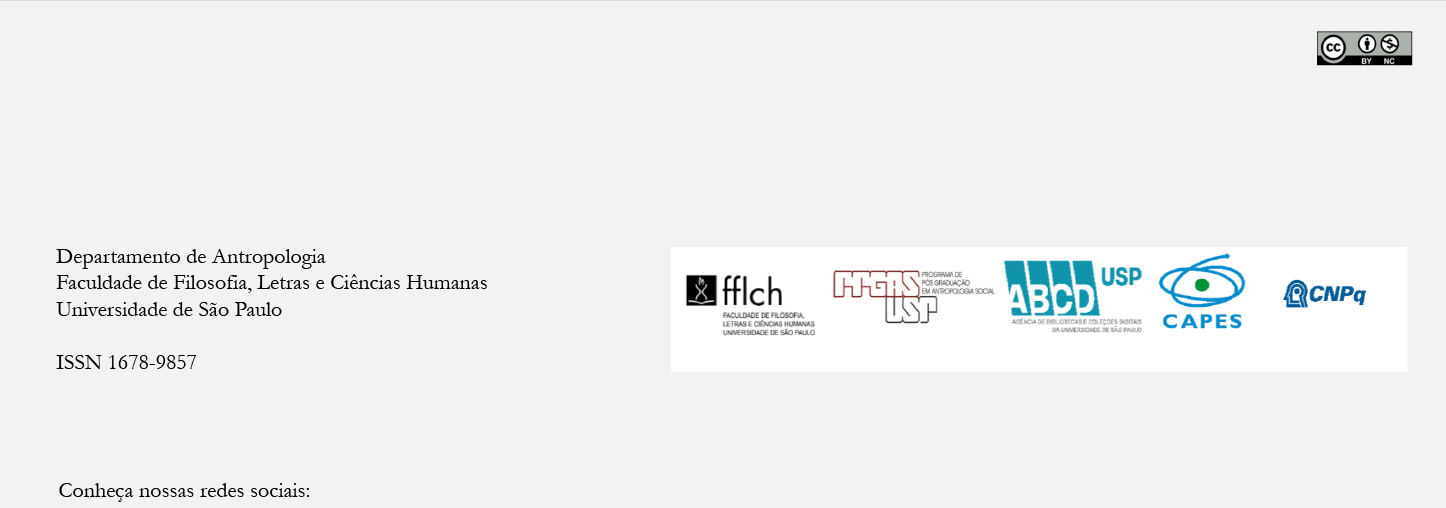Cartographies of order and violence. Among the war Amerindian and "family quarrels" sertanejas
DOI:
https://doi.org/10.11606/2179-0892.ra.2011.39642Keywords:
State, against-State, family, order, violence.Abstract
One of the central ideas of Pierre Clastres’s work is that in primitive societies violence plays the political role of conjuration of the State, becoming, in this sense, the foundation of its social ordination. The following article proposes an approximation of the author’s approach to the family matters, subject of ethnography in Pernambuco hinterland ten years ago. Inspired by Clastres and reconfiguring the terms of his opposition between societies with State and societies against the State, this paper aims to elucidate the simultaneity of both multiple and antithetical principles of social ordination not only in primitive societies, but also in the complexes ones.Downloads
Downloads
Published
2012-08-24
Issue
Section
Dossiê
License
Authors who intend to publish in this journal must agree with the following terms:
- a) Authors retain copyright and grant the journal the right of first publication. The work is simultaneously licensed under the Creative Commons Attribution License, which allows the work to be shared as long as the author and the initial publication in this journal are appropriately credited.
- b) Authors are authorized to sign additional contracts for non-exclusive distribution of the version of the work published in this journal (e.g., to publish it as a book chapter), as long as the author and the initial publication in this journal are appropriately credited.
- c) Authors are allowed and encouraged to publish and distribute their work online (e.g. on their personal webpage) after the editorial process, for this can generate productive changes as well as increase the impact and citation of the work. See The Effect of Open Access Publications.
How to Cite
Marques, A. C. (2012). Cartographies of order and violence. Among the war Amerindian and "family quarrels" sertanejas. Revista De Antropologia, 54(2). https://doi.org/10.11606/2179-0892.ra.2011.39642



